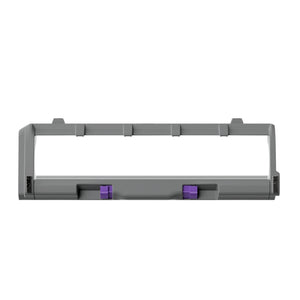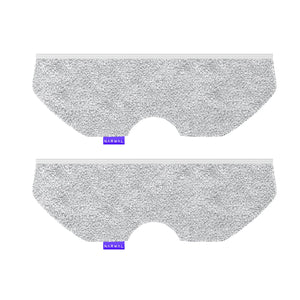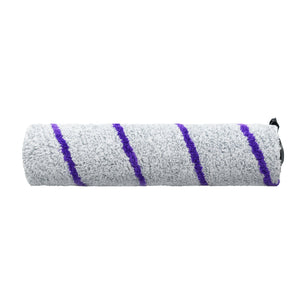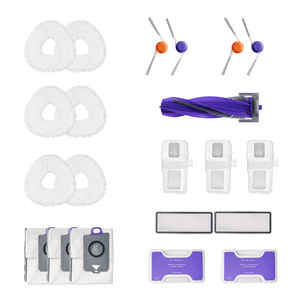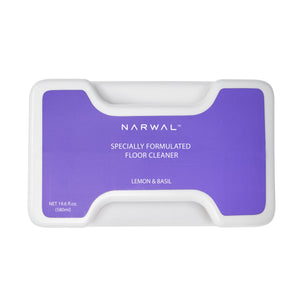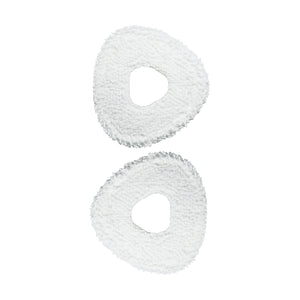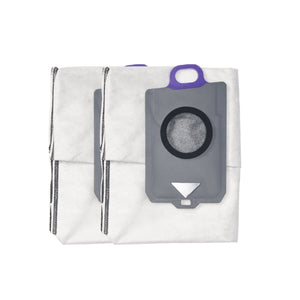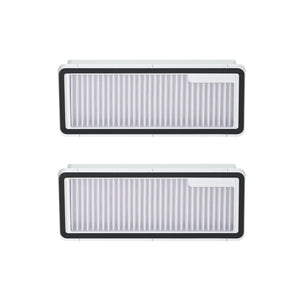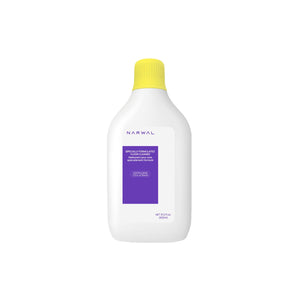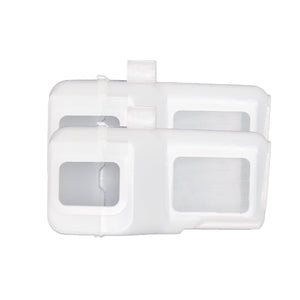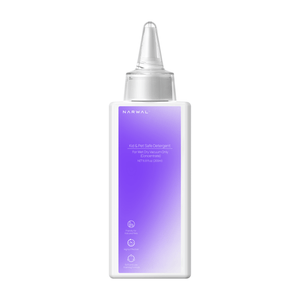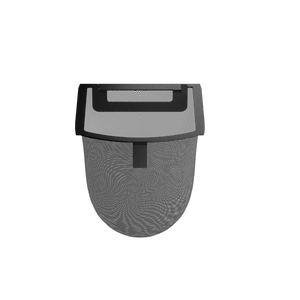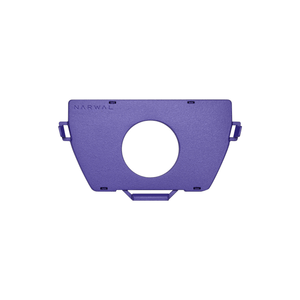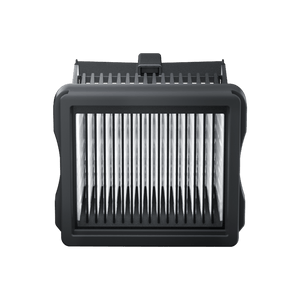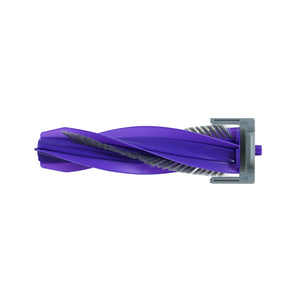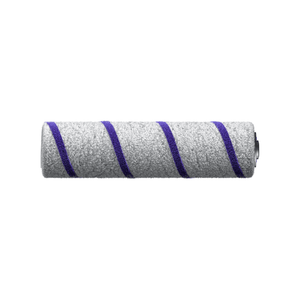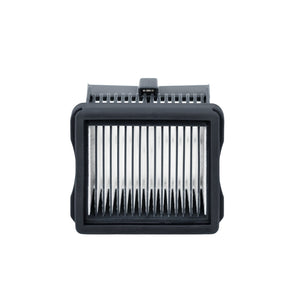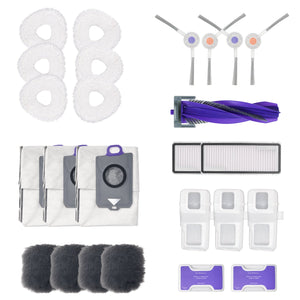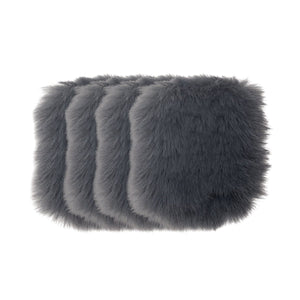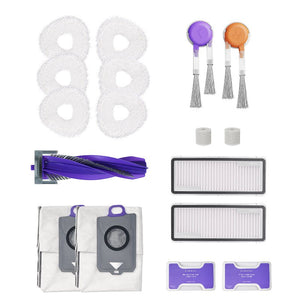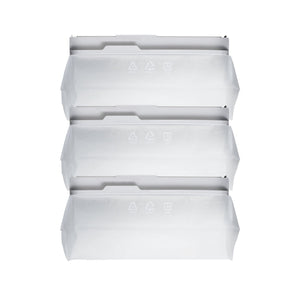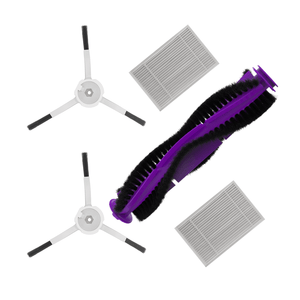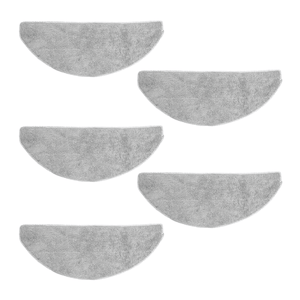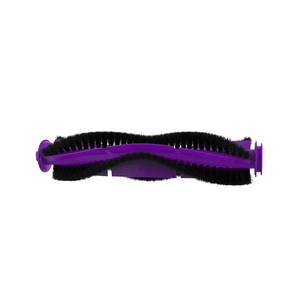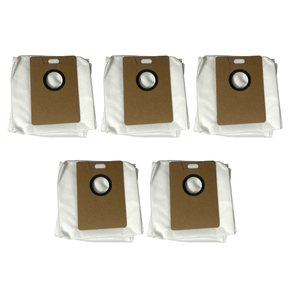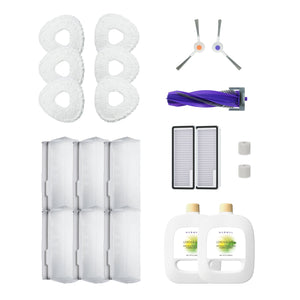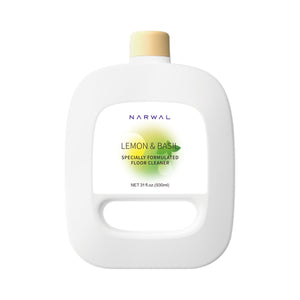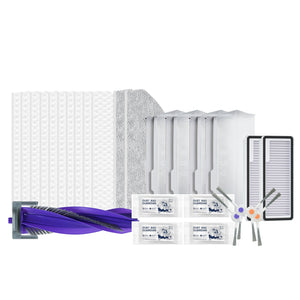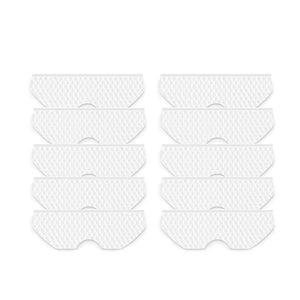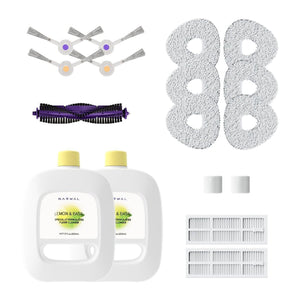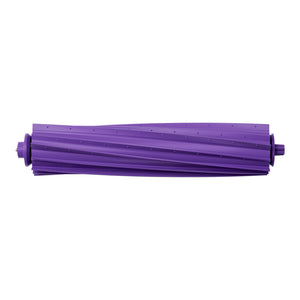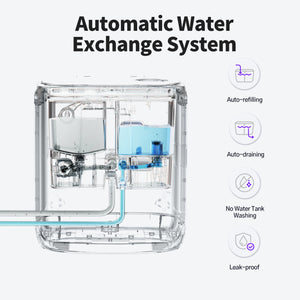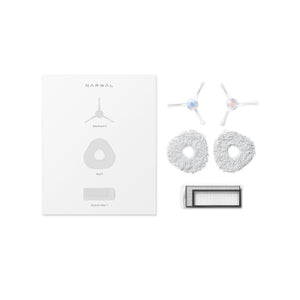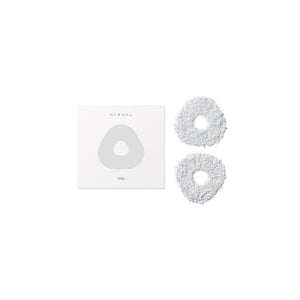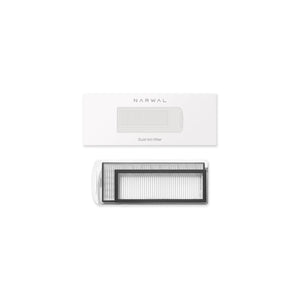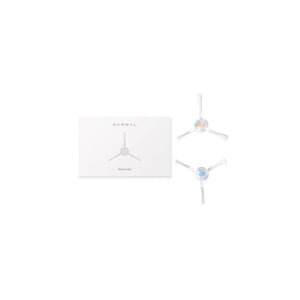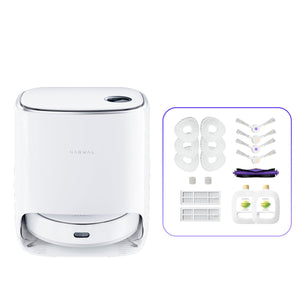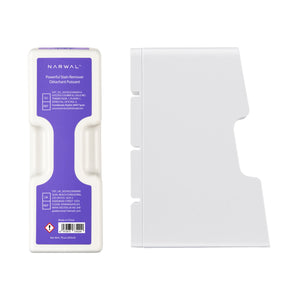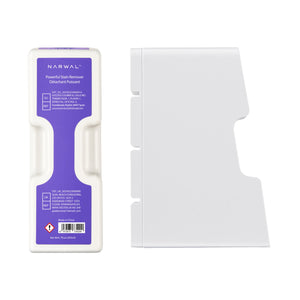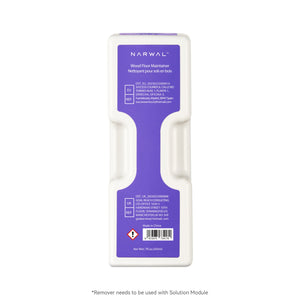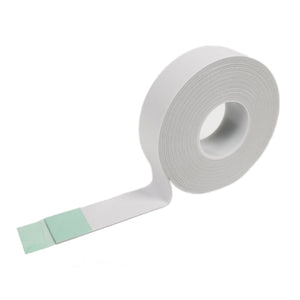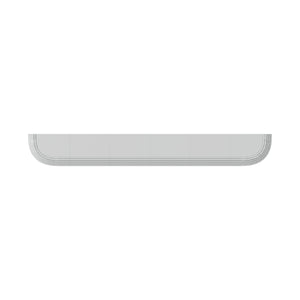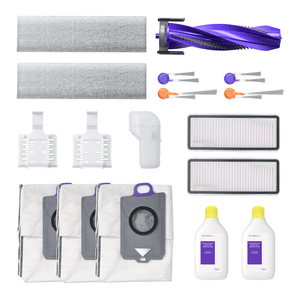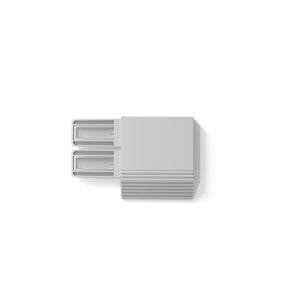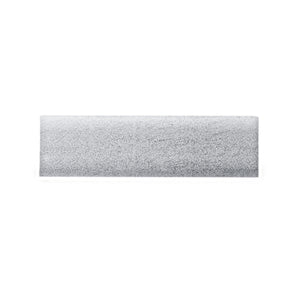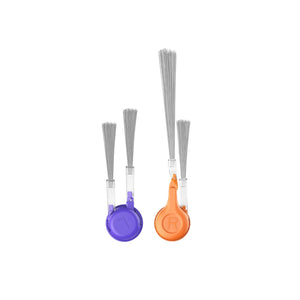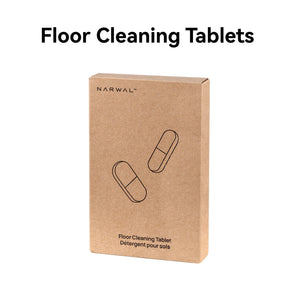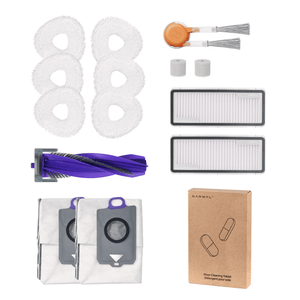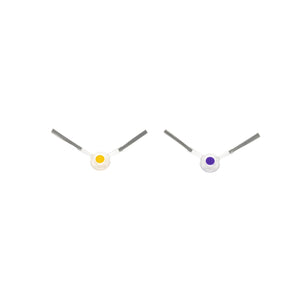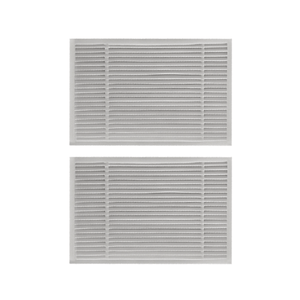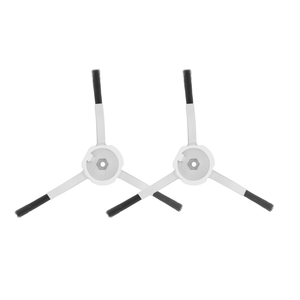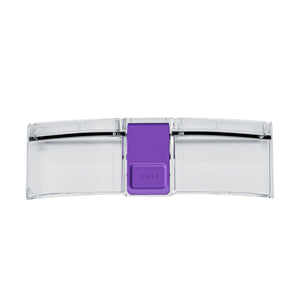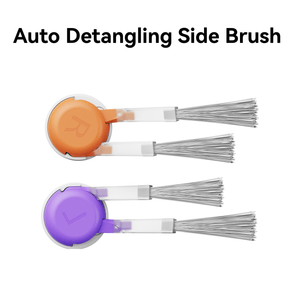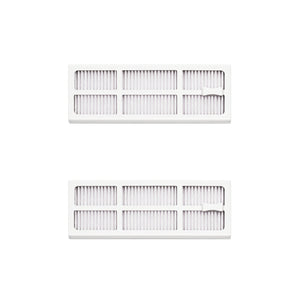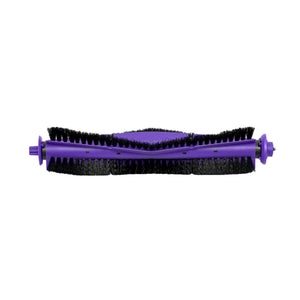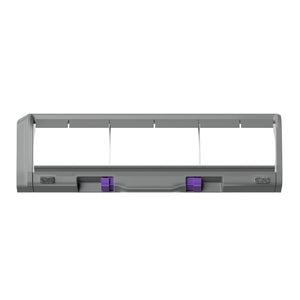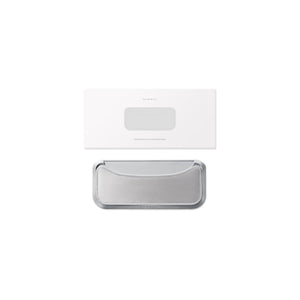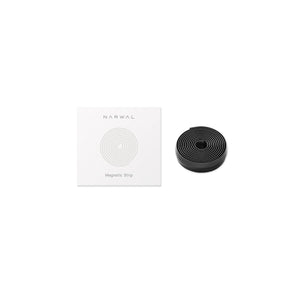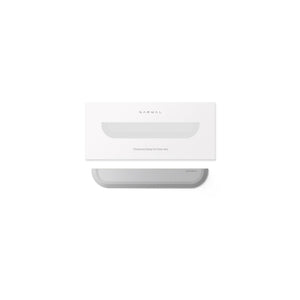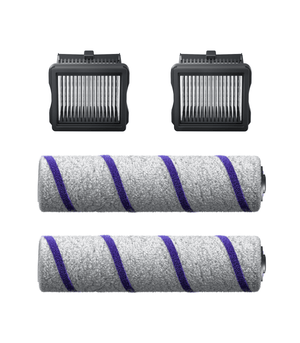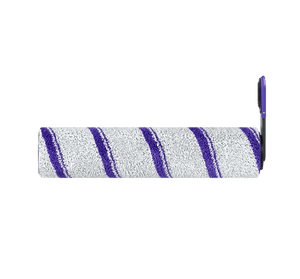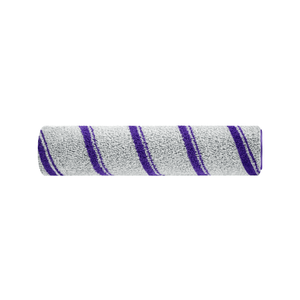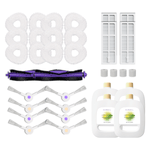Sneezing after every cleaning session? If you live with pets, asthma, or seasonal allergies, you know that regular vacuums often miss the real culprits—microscopic allergens hiding deep in carpets and floating in the air.
That’s where a robot vacuum with a certified HEPA filter makes all the difference. Whether you're dealing with pet hair, dust mites, or mold spores, a true HEPA vacuum for allergies and asthma can drastically improve your home's air quality.
In this guide, we’ll reveal the top HEPA robot vacuums of 2025—including options tailored for allergy relief, pet-friendly homes, and deep-cleaning routines.
What is a HEPA Filter—and Why Does It Matter?
If you’ve ever dealt with allergies or dust sensitivities, you’ve probably heard of HEPA filters. But what exactly are they?
HEPA stands for High-Efficiency Particulate Air. These filters are engineered to capture at least 99.97% of airborne particles that are 0.3 microns in diameter—tiny enough to include dust mites, pollen, mold spores, pet dander, and even some bacteria.
This 0.3-micron size is considered the Most Penetrating Particle Size (MPPS)—meaning it's the hardest to filter, making HEPA standards especially rigorous.
HEPA Filter Standards: What Do the Grades Mean?
HEPA filters are categorized by their filtration efficiency. According to the European EN 1822 standard, they are classified as:
|
Grade |
Filtration Efficiency |
Common Use Cases |
|
E10–E12 |
85%–99.5% |
Basic air purifiers |
|
H13 |
≥99.95% |
Medical-grade air filtration, premium vacuums |
|
H14 |
≥99.995% |
Laboratories, clean rooms, surgical settings |
Many premium vacuums, including select Narwal Freo models, feature certified H13 HEPA filters—trusted for high-performance air cleaning at home. A true high-efficiency HEPA vacuum not only traps ultra-fine particles but also maintains consistent suction performance—ideal for allergy-prone homes.
Who Should Use a HEPA Vacuum?
HEPA vacuums aren’t just for the ultra-clean-conscious—they’re designed to improve everyday air quality for real households. If you fit into any of the following categories, investing in a HEPA vacuum could make a noticeable difference in your daily comfort and health:
-
Homes with Babies or Toddlers: Young children spend a lot of time on the floor, making clean air and surfaces especially important. A HEPA filter ensures they're not inhaling allergens during playtime.
-
Pet Owners: Pet hair and dander are among the most common indoor allergens. HEPA vacuums help reduce allergic reactions by trapping these particles instead of letting them recirculate. If you're dealing with dust mites and pet hair, a HEPA vacuum designed for allergy control can significantly reduce airborne irritants and allergens.
-
Seasonal Allergy Sufferers: HEPA filters capture pollen, mold spores, and fine dust that trigger sneezing, itching, and sinus issues—especially during spring and fall.
-
Homes with Carpeting: Carpets trap dust deep within fibers. A regular vacuum may leave these behind, while a HEPA vacuum can extract and contain them more effectively.
-
Asthma or Respiratory Condition Households: Doctors often recommend HEPA filters for asthma patients, as they reduce airborne irritants like dust mites and fine pollutants that aggravate symptoms.
If you’ve been relying on basic vacuums and still dealing with allergies, it may not be what you clean—but how well you filter that matters.
HEPA vacuums are specifically designed for effective allergen and pollen capture, helping create cleaner air for those with seasonal sensitivities, asthma, or homes with high dust exposure.
How Does a HEPA Filter Compare to Regular Vacuum Filters?
Not all vacuum filters are created equal.
Standard vacuum filters typically capture larger particles—think visible dust or debris larger than 5 microns. But they often miss the microscopic irritants that cause real health issues, such as pollen, mold spores, dust mites, and pet dander.
By contrast, true HEPA filters are engineered to trap 99.97% of particles as small as 0.3 microns—including many allergens that standard filters simply recirculate back into the air.
Without a certified HEPA filter, your vacuum might just be relocating allergens, not removing them. The key difference between a HEPA and a regular filter vacuum lies in particle capture efficiency. While standard filters may miss microscopic allergens, certified HEPA models are built to stop even 0.3-micron particles—making them a better long-term solution for clean air.
For allergy sufferers, families with babies or pets, or anyone sensitive to indoor air quality, this difference isn't just technical—it’s the difference between clean floors and cleaner air.
Best HEPA Vacuum Cleaners in 2025: Top Picks
There are many HEPA vacuums out there, but not all of them work for every need. We’ve picked four of the best models for 2025. Whether you have allergies, pets, mold, or just want quick cleanups, one of these will fit your home.
Best HEPA Vacuum for Allergies & Asthma: Narwal Freo Z10
Perfect for households with sensitive airways, this model features a certified HEPA filter that traps dust, pollen, and pet dander—reducing airborne triggers for both allergies and asthma sufferers.
If you struggle with allergies, the Narwal Freo Z10 Robot Vacuum & Mop is a great choice. It comes equipped with a HEPA filter that captures allergens like dust and pet dander, preventing them from being released back into the air. The Z10 uses a dynamic edge-cleaning system to clean along the walls and corners where allergens often build up. With multiple cleaning modes, it adjusts to different surfaces, ensuring efficient cleaning for allergy sufferers.
Models with a self-empty feature, like the Narwal Freo Z10, offer a sealed base that automatically collects debris—ideal for minimizing contact with allergens during disposal. This makes it especially helpful for families managing allergies, pets, or both.
[cta:narwal-freo-z10-robot-vacuum-mop]
Best HEPA Vacuum for Pet Hair & Allergies: Narwal Freo Pro
Engineered for pet-friendly homes, the Freo Pro combines an advanced HEPA filtration system with a zero-tangling brush and smart suction control to tackle pet hair, dander, and allergens effectively.
For pet owners, the Narwal Freo Pro Robot Vacuum & Mop is ideal. This vacuum features a zero-tangling brush system, which ensures that pet hair doesn’t get caught. It also offers a powerful 8500Pa suction and comes with AI DirtSense technology that adjusts the cleaning power based on the level of dirt, making it perfect for pet hair and dander. The Freo Pro ensures your floors stay clean without hair tangling.
[cta:narwal-freo-pro-robot-vacuum-mop]
Best HEPA Vacuum for Mold & Moisture-Prone Areas: Narwal Freo X Ultra
Designed for homes with humidity or mold issues, the Freo X Ultra traps mold spores with medical-grade HEPA filtration and cleans both dry and wet messes—ideal for basements, bathrooms, and kitchens.
Mold and mold spores can be tricky, especially in damp areas. The Narwal Freo X Ultra Robot Vacuum & Mop is designed with a HEPA filter that traps mold spores and other small particles, keeping them from spreading. Its dynamic cleaning system reaches all corners and difficult spots where mold may grow. With both wet and dry cleaning modes, the Freo X Ultra is effective at cleaning areas prone to moisture, preventing mold buildup and maintaining cleanliness.
Best Cordless HEPA Vacuum for Quick Cleanups: Narwal S20 Pro
If you need speed and convenience, the cordless S20 Pro delivers powerful suction and allergen control. Its compact design and smart DirtSense tech make it ideal for small spaces, spills, and daily dust control.
If you need a quick cleanup, the Narwal S20 Pro Vacuum Mop is the ideal option. This cordless vacuum provides powerful 20,000Pa suction, making it easy to handle spills and messes quickly. With AI DirtSense technology, the suction adjusts based on dirt levels, ensuring optimal performance. The self-cleaning brush function keeps the mop ready to use at all times, with low maintenance needs.
[cta:narwal-s20-pro-vacuum-mop]
Key Features to Consider When Buying a HEPA Vacuum
A HEPA filter is important, but it’s not the only feature that affects cleaning results. To choose a vacuum that truly works for your home, you also need to think about how it handles dust, how easy it is to use, and how well it fits your daily routine. Here are six practical things to look at before you decide.

Bagged vs. Bagless
Bagged vacuums keep dust and allergens sealed inside. This makes them a better choice for people who are sensitive to air particles. You don’t have to worry about dust leaking out when you throw the bag away. But over time, the cost of replacement bags can add up.
Bagless vacuums are easier to empty and don’t require extra parts. They often have larger dustbins, which means less time spent on cleanup. However, when you empty them, dust can escape into the air if you’re not careful.
Dustbin Capacity and Disposal
When choosing a HEPA vacuum cleaner, dustbin capacity is key. A larger dustbin (at least 0.5 to 1 liter) reduces the frequency of emptying, making it ideal for larger spaces or homes with pets.
But capacity alone isn’t enough. A larger, sealed dustbin or dust cup also lowers the risk of allergen exposure—especially important for those sensitive to dust mites or pet dander. How the dustbin empties matters too. A good HEPA vacuum should allow you to empty it without releasing dust back into the air. Some models, like the Narwal Freo Z10, even feature a self-emptying system, ensuring a cleaner, more convenient experience.
Weight and Handling
Weight and handling are key factors when selecting a HEPA vacuum. Vacuums heavier than 10-12 pounds can be challenging to move around, especially when you need to carry them up stairs or navigate under low furniture. Models under 10 pounds are easier to handle, making them ideal for multi-level homes or quick clean-ups.
For homes with narrow spaces or low furniture, a lightweight, cordless vacuum is even more important. The Narwal S20 Pro, for example, weighs under 10 pounds and is designed for easy maneuvering in tight spots, making it perfect for spaces with obstacles.

Suction Performance
Suction power is crucial for effectively removing dirt and allergens from your floors. For deep cleaning thick rugs, pet hair, or mold-prone areas, a vacuum should have a suction power of at least 200-250 air watts (AW). Anything lower may require multiple passes over the same spot, leaving dirt behind.
If available, check the vacuum’s suction rating for more clarity. Higher numbers generally indicate better pickup. Some models, like the Narwal Freo Z10, use smart sensors to automatically adjust suction. Narwal’s DirtSense technology, for example, increases suction when it detects higher dirt levels, improving efficiency while saving energy.
Noise Level
Loud vacuums can be annoying, especially if you have pets, kids, or thin walls. A quieter vacuum makes cleaning less disruptive and more convenient. If noise is a concern, look for a model with a decibel rating under 60 dB. Narwal vacuums are designed to run quietly without compromising suction, making them perfect for shared or sensitive spaces.
Floor Type Compatibility
Not all vacuums work well on every floor type. Some excel on carpets but struggle on hard floors, while others can’t deep clean rugs. Choose a vacuum that can handle both without extra tools or manual adjustments. A smart option is a vacuum that automatically detects the floor type and switches modes. The Narwal Freo Z Ultra does just that, seamlessly switching between surfaces and modes without you having to lift a finger.
How to Maintain Your HEPA Vacuum for Peak Performance

Choosing the right HEPA vacuum is only the first step. To keep it working like new, regular maintenance is just as important. Let’s go over how to take care of your filter, brush roll, dustbin, and airflow system, so your vacuum keeps its power and stays reliable.
Clean and Replace the HEPA Filter
Take out the HEPA filter every month. If it looks dusty or gray, tap it gently over a trash can. If your vacuum allows it, rinse it with water and let it dry fully before putting it back.
If the filter still looks dirty after cleaning, replace it. Don’t wait too long. Change the filter every 3 to 6 months. If you use your vacuum often, or have pets or allergies, replace it sooner.
A dirty filter makes the vacuum weak. If suction drops, the filter is the first thing to check.
Can any vacuum use a HEPA filter?
No, not all vacuums are compatible with HEPA filters. It’s important to check if your vacuum is designed to support them.
How can I tell if my vacuum has a HEPA filter?
You can confirm by checking the vacuum’s description or user manual. Most vacuums specifically made for allergens or asthma will include HEPA filters.
Is it safe to vacuum mouse droppings with a HEPA filter?
Yes, HEPA filters can safely trap bacteria and allergens from mouse droppings, preventing them from becoming airborne.
Which is better: a HEPA or foam filter vacuum?
A HEPA filter vacuum is generally more effective at trapping fine particles like dust and allergens compared to a foam filter.
Keep the Hose and Air Path Clear
Turn off the vacuum and unplug it. Remove the hose. Look through it from one end. If you see something inside, push it out with a broom handle or long stick.
Check the tube between the floor head and the dustbin. Wipe away any buildup. If your vacuum has a self-emptying dock, make sure nothing blocks the chute.
Even a small clog can cut suction. Clean the hose every few weeks, or sooner if suction feels low.

Clean the Brush Roll and Nozzle
Flip the vacuum over. Use scissors to cut away hair and string from the brush roll. Pull out anything stuck at the ends. Turn the brush by hand to check it spins freely.
Wipe the brush and nozzle with a dry cloth. If the nozzle detaches, rinse it under warm water. Dry it completely before putting it back.
Clean the brush roll once a week. Do it more often if you have pets or long hair.
Empty and Clean the Dustbin
Empty the bin before it gets too full. Don’t wait until it reaches the top. A full bin reduces suction and spreads dust.
Open the bin over a trash can. Tap it gently to get everything out. Wipe the inside with a dry or slightly damp cloth. Rinse it once a week if it’s washable.
Let the bin dry completely before using the vacuum again. If you have a self-emptying vacuum, check the base regularly to make sure it’s working properly.
Store Your Vacuum the Right Way
Keep your vacuum in a dry place. Avoid damp rooms or direct sunlight. If it's cordless, store it near a plug so it’s easy to charge.
Don’t wrap the cord too tight. For robot vacuums, keep the charging base on a flat, open floor.
If you clean garages or workshops, store the vacuum away from dust and moisture. A clean storage spot helps the vacuum last longer.
Should I leave my HEPA vacuum on all day?
No, it's not necessary to leave your HEPA vacuum running all day. Turn it off after use to save energy and extend its lifespan.
Is a HEPA vacuum good for asthma?
Yes. HEPA filters are highly effective at capturing airborne allergens like dust mites, pet dander, and mold spores—common asthma triggers. Many doctors recommend HEPA vacuums for asthma-prone households.
What’s the best HEPA robot vacuum for pet hair?
The best options combine certified HEPA filtration with features like a tangle-free brush and smart suction adjustment. The Narwal Freo Pro is purpose-built for pet owners and allergy control.
Find the Best HEPA Vacuum for a Cleaner, Healthier 2025
Choosing the right HEPA vacuum can make a real difference, especially if you live with dust, pet hair, or seasonal allergies. In this guide, you’ve seen what a HEPA vacuum does, what features to look for, and how to keep it performing at its best.
The four models we shared cover a range of needs, from deep carpet cleaning to fast daily touch-ups. No matter your space or routine, there’s a smart option that can help you breathe easier and clean more efficiently.
If you’re ready to upgrade, Narwal offers a full line of HEPA vacuum cleaners built for real homes and real life. Each one is designed to remove allergens, trap dust, and make cleaning less of a chore.
Start your 2025 with better air and better tools. Explore Narwal’s top-rated HEPA vacuums now.














